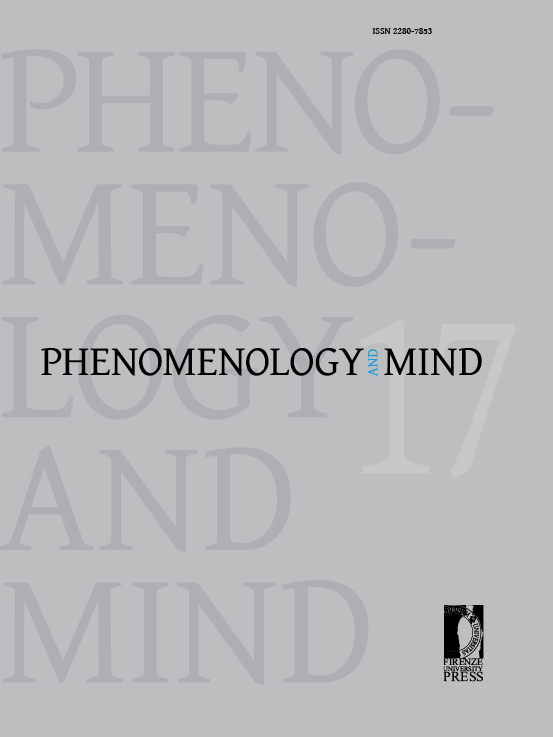Published 2019-12-15
Keywords
- rules,
- directive signs,
- road signs,
- artifacts,
- games
- make-believe,
- child development,
- orders of intentionality,
- civility,
- Vygotsky,
- Walton,
- Tomasello,
- Hobson,
- Ardizonne,
- origami ...More
How to Cite
Abstract
“Induction provides a path to first principles” (Aristotle): so we approach our topic by sampling three distinct sorts of data—rules in actions as exemplified in games; rules as directives for manufacture; as laws not only for maintaining order among people but also relations between citizens and governments—finding in each case the parts that nonverbal expressions of rules play. While words are essential to formulating constitutive rules defining sporting games, they seem less important than emulation for recreational uses. They drop out in children’s games of make-believe, which developmental psychology shows to be crucial to early development, since ours is a naturally rule making and following species. Industrial artifacts, thereby the modern world, depend on graphic systems, here exemplified by origami notation, which feature isolation and sequence in simultaneity, lacked by words. Such notations also exhibit a five-order pattern of intentionality, whose importance is demonstrated by communication breakdowns in road signage, undermining civic life.

